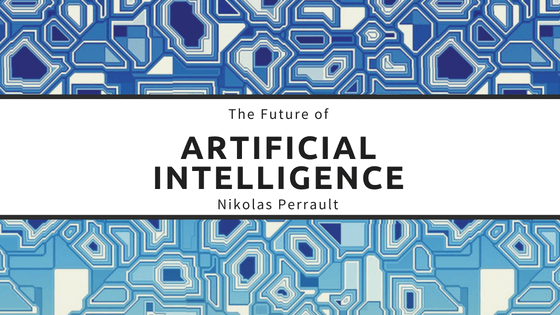Five years ago, artificial intelligence, or AI, technology struggled to identify cats with 70 percent accuracy in YouTube videos. Now, AI can count, identify, and describe behaviors of 48 different animal species in images taken in the Serengeti ecosystem. Because AI has the ability to learn, its potential for application in various industries is endless.
AI may offer the most benefits to the healthcare field. AI has the potential to improve medical treatment outcomes by 30-40 percent and reduce costs by as much as 50 percent. Google has created an AI that can predict a hospital patients chance of death with a 95 percent accuracy rate. Google’s AI assess over 175,000 data points, including ones that aren’t usually considered by physicians, to determine how likely a patient will pass away during their hospital stay.
Physicians rely on perceptual senses like vision and hearing, to gather information on their patient’s health. Artificial neural network approaches like deep-learning lend itself to this type of work. AI’s deep-learning is already being used to process medical images, including CT scans and X-rays, by some companies in China. Another Chinese company is using AI to detect early stages of cancer.
China has developed an AI that passed China’s medical licensing exam and scored better than 96 percent of exam takers. The exam tested the breadth of medical knowledge, but also the ability to understand connections between facts and using them to make decisions. This illustrates that not only is AI able to learn medical information, it’s also able to recall and apply that knowledge to various situations.
AI is quickly becoming more intelligent than humans. Two algorithms developed by UC Irvine researchers taught itself to solve a Rubik’s Cube without human assistance. According to the Rubik’s Cube website, less than 5.8 percent of the world’s population can solve a Rubik’s Cube. The researchers plan to try and apply this technology in other areas, such as biology.
AI will make healthcare more personalized to each patient, and at a lower cost. With continuous monitoring and alerts, through wearable systems like Fitbit, people will also be able to stay healthier. Fewer people being sick would mean a reduced workload in hospitals.
With AI continuing to develop at an incredible pace, there’s no sure way to predict how far the technology will have advanced in a year, or five, from now. But, it’s certain that this technology will not be disappearing from the public eye, and will only become more prominent.

